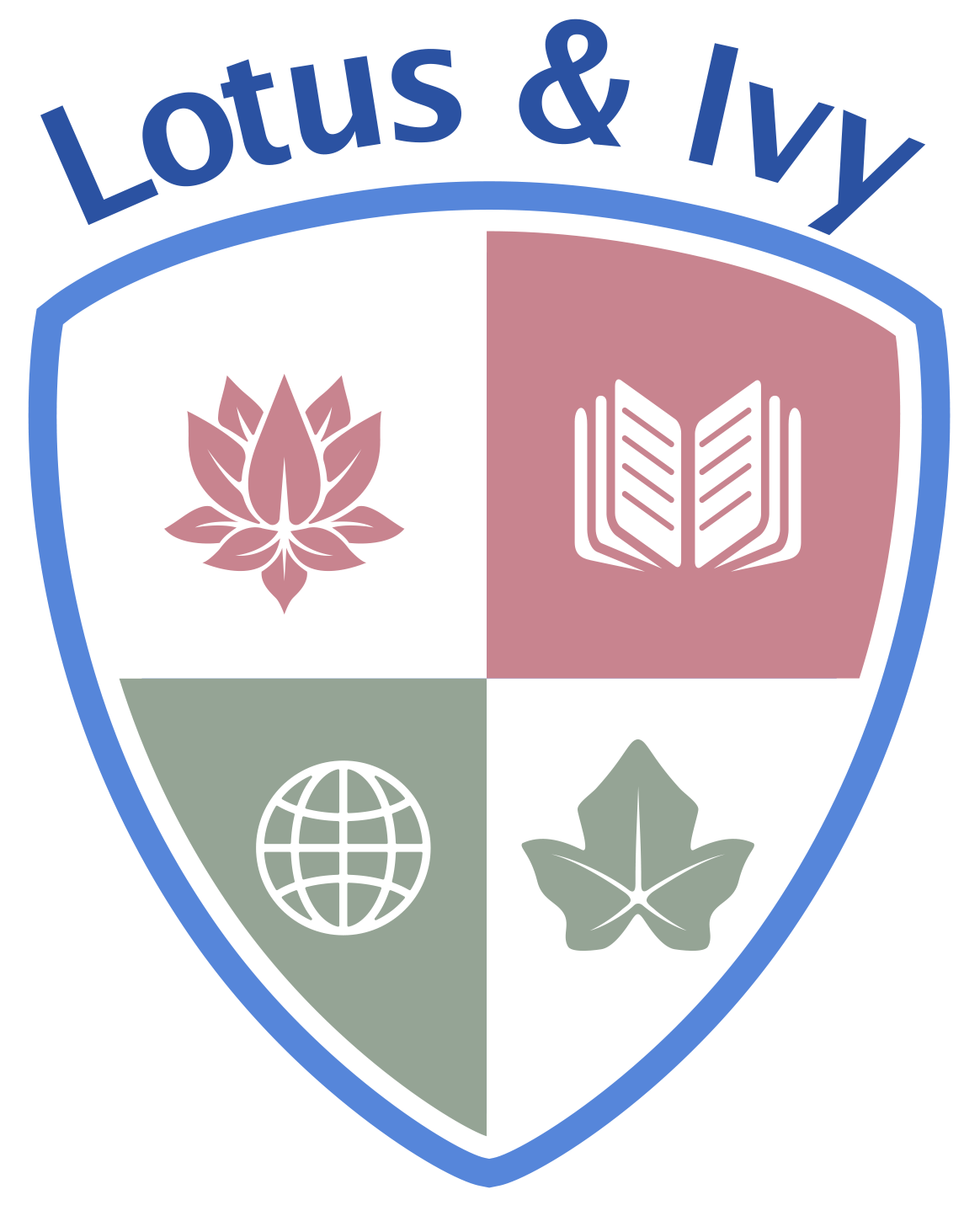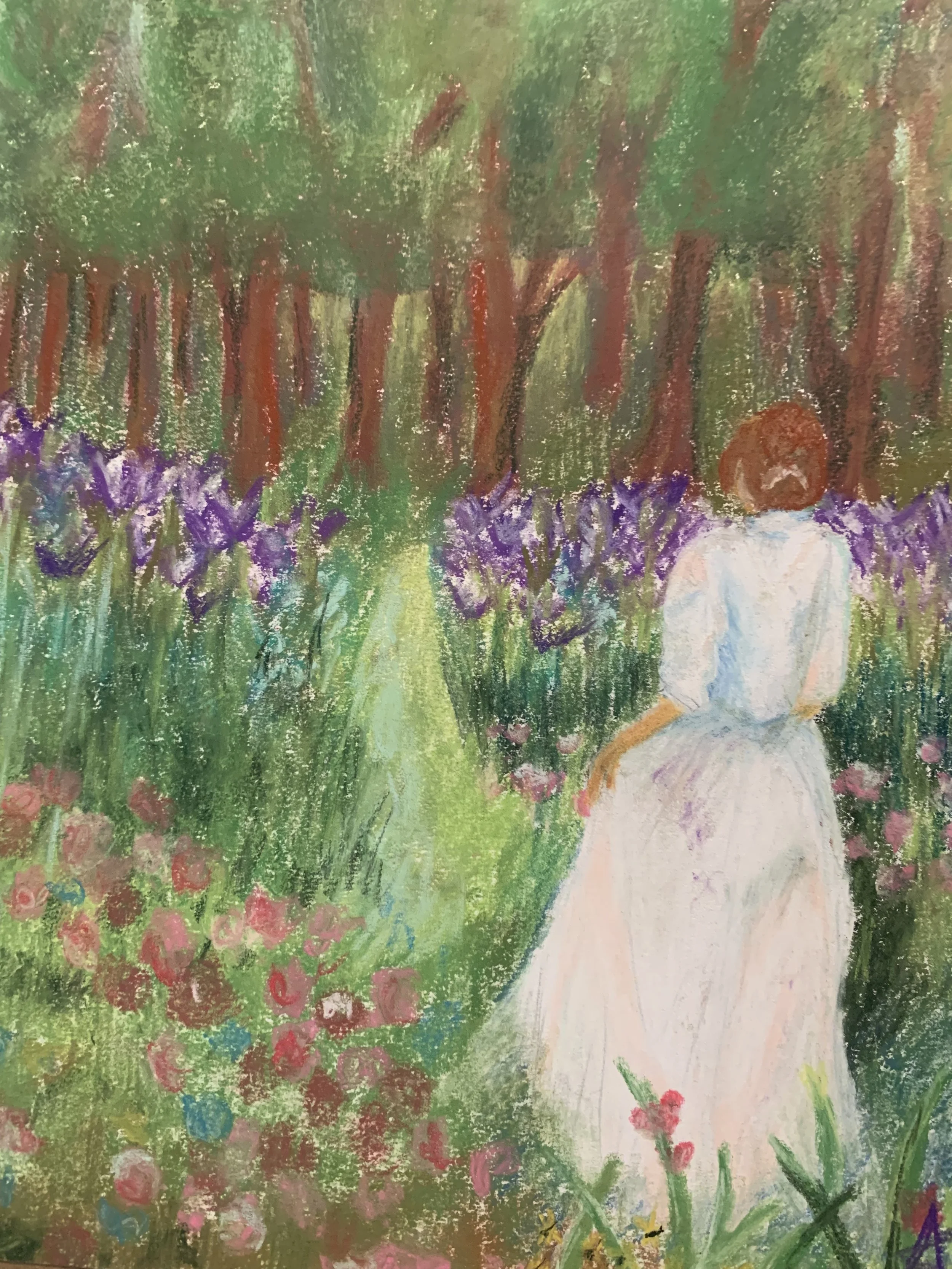Class 9 Complements
Needle Felting & Wet Felting: Animals & Wearable Art
Purposeful Living & Community Service
Our Complements classes meet once a week. See the Class Catalog for exact days and times.
Needle Felting & Wet Felting: Animals & Wearable Art
In this advanced immersive fiber arts class, students will delve into the tactile world of needle felting and wet felting, refining their skills while embracing new creative possibilities. Through hands-on exploration, they will sculpt intricate animal figures, mastering proportions, form, and texture, while also designing stylish wearable art such as felted mittens, scarves, bags, and other accessories that reflect their unique artistic perspective.
Themes from the main lesson content, whether history, geography, mythology, or nature, will often serve as inspiration, allowing students to bring abstract concepts to life in tangible forms. This approach deepens their connection to their studies, making history feel more immediate and geography more personal as they shape their creations.
Beyond technique, this class fosters mindfulness and focus, as working with wool engages both the hands and the mind, creating a meditative rhythm that supports a sense of calm and presence. This deeper engagement not only enhances their creative process but also strengthens their ability to express ideas through their work.
By the end of the course, students will have developed their technical abilities and artistic voices, producing sculptures and wearable pieces that are both personal and expressive. Whether crafting lifelike animals or designing functional accessories, they will leave with a richer appreciation for fiber arts and the confidence to shape their creative visions into reality.
Painting & Drawing
This is a year-long class (2 semester) for 8th and 9th grade students. Black and white drawings of natural objects and still life; landscape color perspective paintings; perspective drawing; and architecture will be central to this class.
Students who are 13 - 15 can feel unsure and misunderstood in their changing physical bodies. Artistic work can help them stand more confidently and easily in the world. Practicing accuracy in perception and thinking will help the student form a clear relationship with the world around them and their own mental abilities.
Semester 1 with Mr. Gay
In this semester, we will further explore object drawing, with a strong focus on observation, moving from black and white into full color. The lessons will start with simple skills exercises to develop drawing skills and we will then work tasks set. Learning to observe precisely is key to good object drawing. We will practice using everyday household objects that will become the focus of drawing, honing in our skills of line, shading, light and darkness. We will use only black and white and then move into colour.
Each student will learn how to use a pencil, line weights, intensity etc and look at how, when using color pencils, we can layer colours to give deeper and more vibrant colours.
Once we have mastered some of these skills we will explore the same observation using paints, particularly aspects of veil painting so they can learn how to combine colours. and how thin transparent layers can bring a vibrancy to their work.
This semester will consist of lessons where the teacher leads the students through a piece of work and also work they create freely by themselves.
Semester 2 with Ms. Jones-Schmidt
This class will focus on landscape painting in various media. We’ll incorporate what the students have learned in previous classes regarding perspective, shading, color, and form. Periodically, I’ll introduce the work of a particular artist. We’ll discuss that person’s technique and think about adapting it for our own work.
Waldorf students work with watercolors from Kindergarten on. The early grades focus on color study, leading to veil painting in older classes. In this class, we'll work with the subtleties and gradations of color possible when using tubed, rather than liquid, watercolors.
Pastel paintings encourage the student to build up forms and create depth by adding layers of color. The results can be paintings that practically sparkle with rich color.
Acrylics provide yet another approach to liquid paints. These paints are created from a plastic base and dry very quickly, so any “mistake” can be easily corrected. Acrylic paints were not available until the mid-20th century. Now, many artists prefer them to oil paints.
We will end the year with paper-cut collages. These are not paintings, but they offer yet another approach to color and form [as well as fine motor challenges!].
In each block, the teacher will model proper brush technique and color mixing possibilities as well as providing an image to serve as a model. Students will be encouraged to "make the painting their own" by adding or deleting elements from the model, or by choosing their own models.
The course will focus on the period of history from 1800 - 1950. We’ll explore various media and take a brief look at the work of some of the major visual artists of this time period.
Purposeful Living & Community Service
This class will be a space for deep reflection, critical conversations, and meaningful action. Together, we will explore themes of empathy, collective responsibility, social justice, human rights, and self-care. Through weekly readings and discussions, students will develop a strong foundation in understanding systemic inequities, activism, and community engagement. Students will apply their learning by selecting and leading a service project that addresses a real-world need. By the end of the course, they will be more confident in analyzing current events, advocating for justice, and taking sustained action to build stronger communities.
Ukulele
Begining Ukulele: Semester 1
Coming soon!
Continuing Ukulele: Semester 2
Coming Soon!

